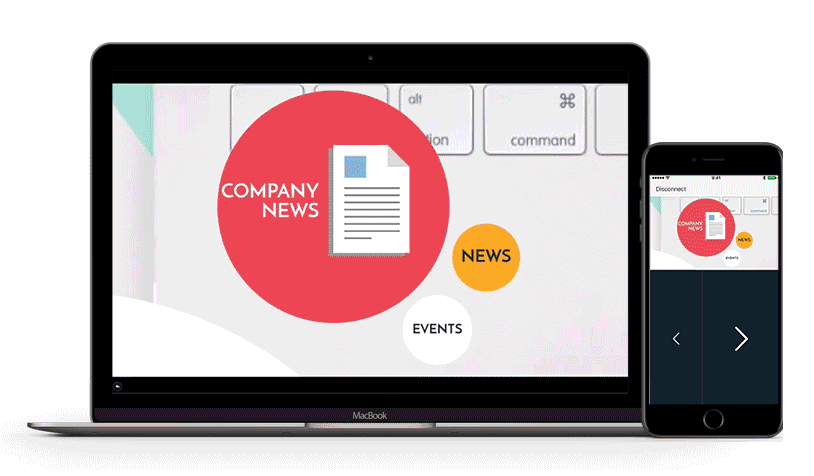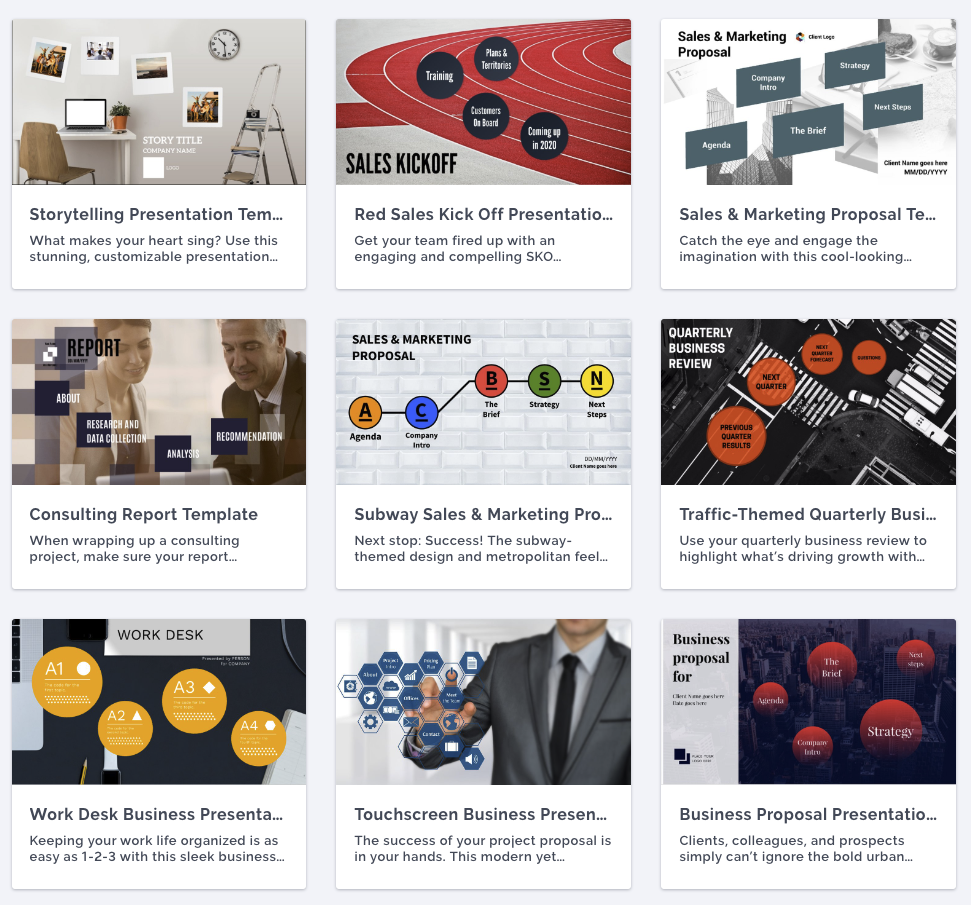Sales training. Those words can stir up a mix of feelings – from eagerness and hope to maybe a hint of apprehension. But no matter our personal take on it, its importance in the business landscape is undeniable. If you’re wondering, “What is sales training?” this article could help you with your understanding and provide tips to help improve your business’s approach to sales training.
What is sales training?
Sales training is about teaching your team how to make sales and build strong customer ties. It combines technique, strategy, understanding people, and determination. Simply put good training and coaching lead to business success. While recent studies indicate that companies that invest substantially in sales training enjoy a surge in net sales per employee, the benefits don’t stop there. For instance, effective sales coaching can boost win rates by an impressive 29%.
The significance of quality sales training is further underscored when we dive deeper into workplace dynamics. Companies that offer solid sales training experience a revenue increase of 8.4% year-over-year. This growth translates to a 95% improvement over businesses that neglect this essential aspect of professional development.
Given these statistics, it’s evident that the training of sales teams isn’t just optional for business’ but a vital necessity.

Effective ways to train your sales team
Effective sales training isn’t just about teaching your team how to close a deal. It’s about instilling a mindset, an attitude, and a culture.
Role-playing
While it might seem a bit traditional, role-playing is still a top method to ready your sales team for real-world scenarios. It allows them to practice handling objections, refine their pitch, and build confidence.
Mentorship
Pairing new hires with experienced salespeople provides them with real-world insight, guidance, and feedback.
Ongoing training
The sales world is ever-evolving. From new technologies to changing buyer behaviors, it’s crucial to provide ongoing training to keep your team updated and agile.
Crafting the perfect sales training program
Building an effective training sales program is as important as crafting a masterful presentation for it. Let’s delve deeper into each step of creating your sales training program, and highlight the considerations involved:
Identify your goals
Purpose and clarity: Begin with the end in mind. Whether you’re introducing training for sales novices or refining skills for seasoned professionals, clarity on goals is crucial.
Skill focus: Different teams or individuals might need emphasis on different skills. It could be improving cold-calling techniques, mastering the nuances of upselling, or perfecting negotiation skills.
Metrics for success: Once you’ve identified your goals, establish how you’ll measure success. Is it a certain percentage increase in closed deals? Improved customer feedback? These metrics will help quantify the effectiveness of your training.
Collaborative learning sessions: Encourage team members to share their experiences, successes, and failures in group settings. These sessions can spark discussions, leading to shared insights and new approaches to common challenges.
Sales book clubs: Choose sales-related books for the team to read and discuss. This promotes continued learning and introduces different strategies and philosophies from top sales experts.
Customer feedback integration: Invite loyal customers or recent converts for feedback sessions. Hearing directly from clients can provide invaluable insights into what works and what doesn’t in your sales approach.
Sales technology workshops: Introduce and train your team on the latest sales technologies and tools. This might include CRM systems, analytics tools, or AI-driven sales platforms, ensuring your team is always equipped with the latest in sales tech.
Competitor analysis sessions: Organize sessions where your team can dissect and discuss competitors’ strategies and products. Understanding the competition can offer new perspectives and refine your team’s approach.
Mindset and resilience training: Sales can be a tough job with many rejections. Offering training that focuses on building a positive mindset and resilience can equip your team to handle challenges more effectively.
Effective presentation: Embrace the Prezi platform for sales training. With Prezi, you can craft interactive presentations that engage your team, and with Prezi Video, you can seamlessly integrate your content alongside you on-screen, allowing for a more personalized training experience even remotely. Ultimately, Prezi can transform mundane training sessions into immersive learning experiences.

Determine training methods
In-house training: This allows you to tailor content to your company’s specific needs and culture. You have control over the pacing and can address issues in real time. However, It might take a lot of time and resources to create the needed materials and gain expertise.
Outsourced training: Bringing in external experts can provide fresh perspectives and specialized knowledge. They come equipped with tried-and-tested materials. The one aspect that puts companies off outsourcing their sales training is that they might not have an in-depth understanding of your specific company culture or challenges.
Blended approach: Combining both can provide the customization of in-house training with the expertise of external trainers.
Integrate real-life scenarios
Relevance is key: Theoretical knowledge has its place, but real-world experiences improve learning. Integrate scenarios your sales team encounters daily, making the training sessions resonate with their day-to-day tasks.
Enactment: Encourage team members to enact potential sales scenarios. This not only makes the training interactive but also helps in identifying potential pitfalls in real time.
Provide valuable feedback
Ongoing assessment: Instead of waiting until the end of a training module, incorporate regular check-ins and assessments. This ensures that any gaps in understanding are addressed quickly.
Open communication channels: Encourage your sales team to voice concerns, questions, or suggestions. Their insights can be invaluable, as they’re the ones in the trenches, dealing with customers directly.
Iterative process: Remember, the perfect sales training program is not static. It evolves. As markets change, customer preferences shift, and new challenges emerge, your training program should adapt accordingly. Regular feedback ensures your training remains relevant and impactful.
Crafting an ideal sales training program is a dynamic process, requiring consistent refinement. With clear goals and the right training methods, you’re set to create an impactful program. By highlighting real-world scenarios and feedback, you ensure your sales team is not just educated but also empowered.

The importance of good sales training materials
Effective sales training materials are the backbone of a successful sales team. They serve as the foundation upon which sales professionals build their knowledge, skills, and strategies.
Among the various elements of sales training materials, presentations play a crucial role in conveying information, engaging learners, and facilitating retention. Here’s why presentations are vital in the realm of sales training:
Clarity and structure
Presentations allow for the organized delivery of content, ensuring that information is presented in a logical and easy-to-follow sequence. A well-structured presentation can break down complex concepts into manageable pieces of information, making it easier for trainees to learn.
Visual appeal
Humans are inherently visual learners. Presentations leverage visual elements like graphics, images, charts, and diagrams to enhance understanding. Visual aids can make abstract concepts more tangible and memorable.

Engagement
Dynamic presentations with compelling visuals and multimedia elements captivate the audience’s attention. Engaged learners are more likely to absorb and retain information, leading to a more successful training experience.
Consistency
Sales training often occurs across different teams, locations, or time zones. Presentations provide a consistent message and standardize the training process, ensuring that everyone receives the same information and can align with the company’s sales strategy.
Efficiency
Sales professionals are typically busy, and their time is valuable. Well-structured presentations help streamline the learning process, delivering key insights efficiently, and allowing sales teams to quickly apply their new knowledge in the field.
How Prezi can elevate your sales training presentations
Prezi offers a range of features and functionalities designed to enhance engagement and retention. Here are key Prezi features that can transform your sales training materials:
Zoomable canvas
Prezi’s unique zooming interface allows you to create non-linear presentations. This feature is especially valuable for sales training as it enables trainers to zoom in on specific details, pivot to different topics, and provide a broader context within a single presentation. It keeps the audience engaged by avoiding the monotony of linear slides.

Dynamic storytelling
Prezi facilitates dynamic storytelling, making your sales training content more engaging. You can seamlessly integrate text, images, videos, and animations into your presentation. This multimedia approach captures the attention of your audience and enhances the overall learning experience.
Collaboration and accessibility
Prezi makes it easy for multiple trainers or team members to collaborate on presentations. It ensures that your sales training materials are always up-to-date and accessible to your entire team, regardless of their location.
Templates and design tools
Prezi provides a great range of customizable templates and design tools, making it simple to create visually appealing and professional presentations. This is particularly important in the sales context, where aesthetics can influence the perception of the information.

Ultimately, good sales training materials are the cornerstone of a successful sales team, and presentations play a critical role in delivering information effectively. Prezi can truly help you elevate your sales training presentations, making them more engaging, interactive, and accessible for your sales team, leading to better results in the field.
Presentation examples
Sometimes creating a great sales training presentation requires some inspiration. The best place to seek ideas for a presentation layout, visuals, and other elements, is in other sales training presentations. Luckily, there are a multitude of Prezi sales presentations out there that you can get inspired by. Take a closer look at the “What Makes a Good Sales Kickoff” presentation by Igor Lacerdino and explore other examples in the Prezi presentation gallery.
Improved remote sales training
For remote or hybrid teams, effective sales training can be challenging. Luckily, you can as easily engage your team in person with Prezi as over a video call. The Prezi Video feature is a game-changer for improving the engagement of remote sales training sessions. With the ability to seamlessly integrate interactive visuals and content alongside your live video, it transforms the static, one-dimensional nature of traditional presentations. This dynamic approach not only captures your audience’s attention but also simplifies complex concepts, making them more accessible and memorable. By breaking free from the confines of a traditional slide deck, Prezi Video empowers presenters to create immersive and engaging content that resonates with remote participants, fostering a more interactive and impactful sales training experience.

Elevate your sales training
In today’s competitive marketplace, having a sales team that merely knows how to pitch and close won’t give you the edge. It’s about fostering a culture where the sales team appreciates and thrives on building relationships. They should not only be good at understanding their product or service but also excel at interpreting the viewpoint of the people they’re engaging with. Mastering the intricacies of communication, interpreting non-verbal cues, and employing empathy can be as crucial as knowing product specs.
When teams are armed with effective sales training materials and tools like Prezi, it adds an extra layer of sophistication to their presentation arsenal, allowing for dynamic interactions and memorable engagements. Coupled with a detailed training program, this holistic approach ensures that your sales team isn’t just performing, but excelling.
